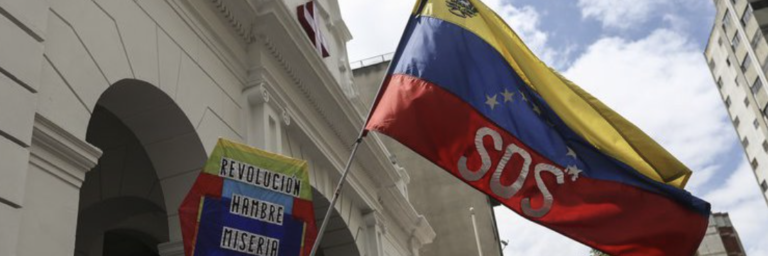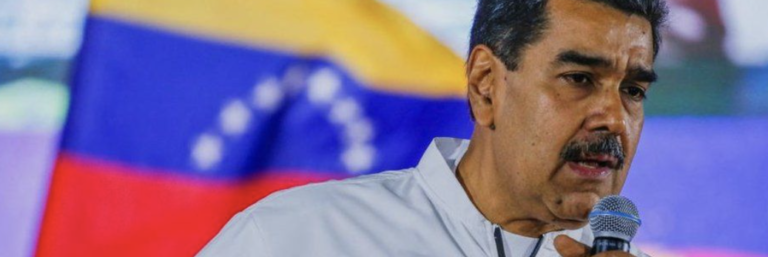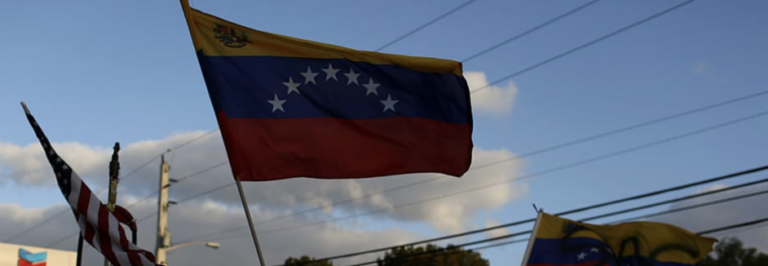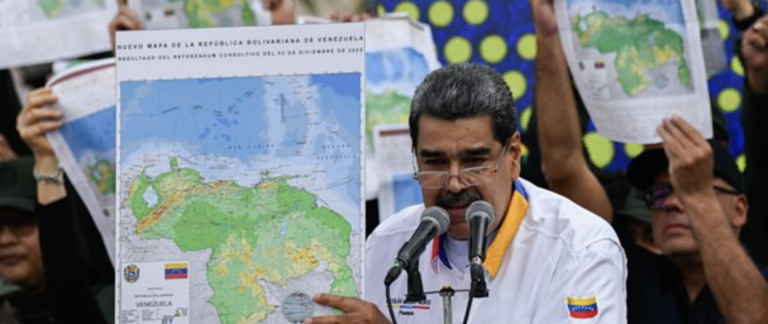Indigenous Communities at Risk: Addressing Vulnerabilities
Indigenous communities around the world face numerous challenges that put them at risk of social, economic, and health disparities. In this article, we will explore the vulnerabilities faced by indigenous communities and discuss strategies to address these issues.
The Impact of Historical Trauma
One of the key factors contributing to the vulnerabilities of indigenous communities is historical trauma. The legacy of colonization, forced assimilation, and systemic discrimination has had a lasting impact on indigenous peoples, leading to high rates of poverty, substance abuse, and mental health issues.
- Example: The indigenous communities in Australia have experienced intergenerational trauma due to the forced removal of children from their families during the Stolen Generations.
Lack of Access to Healthcare
Indigenous communities often face barriers to accessing quality healthcare services, leading to higher rates of chronic diseases and lower life expectancy compared to the general population.
- Statistics: In Canada, indigenous peoples have a life expectancy that is 11 years lower than the national average.
Environmental Threats
Indigenous communities are disproportionately affected by environmental threats such as climate change, pollution, and loss of traditional lands. These factors not only impact their physical health but also threaten their cultural identity and way of life.
- Case Study: The Standing Rock Sioux Tribe in the United States fought against the construction of the Dakota Access Pipeline, which posed a threat to their water supply and sacred sites.
Addressing Vulnerabilities
It is crucial to work towards addressing the vulnerabilities faced by indigenous communities through a holistic approach that includes:
- Improving access to culturally appropriate healthcare services
- Supporting economic development initiatives within indigenous communities
- Respecting indigenous rights to land and resources
Conclusion
Indigenous communities are at risk due to a combination of historical trauma, lack of access to healthcare, and environmental threats. By addressing these vulnerabilities through targeted interventions and policies that respect indigenous rights and autonomy, we can work towards creating a more equitable and just society for all.




























+ There are no comments
Add yours